Albania has proven to be one of those European oddities that usually do not go beyond some unfortunate stereotypes. This complex on the Balkan Peninsula, refreshed by the waters of the Adriatic and the Ionian Sea, full of mountains and countless ancient traditions, is one of those examples of how there are still places in Europe that we know very little about and that are still waiting to be opened by the eyes of those visitors who are eager to find something more or at least different. Without a doubt, Albania is not capable of deceiving expectations. On the contrary, it is one of those countries that leave you wanting more and can surprise you, which is important in our time.
To illustrate a little more about the land of eagles, we are going to comment on a number of interesting facts about Albania. Some sharpness is always good before focusing on a new trip like this. Knowledge is never enough, don't you think?
1. Albanians do not call their country Albania
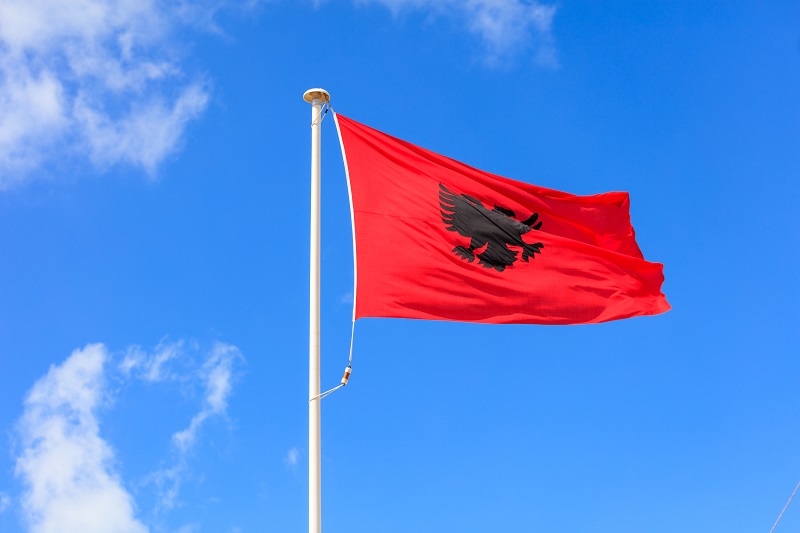
Albanians call their country Shqipëria, not Albania. Also Republika and Shqipërisë to refer specifically to the Republic of Albania. Apparently, the said origin comes from the Albanian term shqipe, which means eagle. It is one of the symbols of the Albanian nation, printed in black on a red background. That is why Albania is called the land of eagles. Which, by the way, having a significant population, they hunted this species to exhaustion, leaving very few in the territory today, despite its symbolism.
2. Skanderbeg is a national hero

Gjerg Kastrioti, better known as Skanderbeg, was a significant figure of the fifteenth century who, by uniting the various holdings of the previously fragmented territory, stopped the Ottoman attacks time after time. In fact, in his youth he was enlisted in the Ottoman army to learn their fighting techniques and then defend his people. He really brought bitterness on them, because every time they tried to attack the Albanian positions, they beat them hard, and the castle of Kruja was his best fortress (one of the must-see places in Albania). After his death (from malaria), the invasion of the Turks became inevitable, adding the territory to the great empire. It is said that Skanderbeg's tomb was plundered and that amulets were made from his bones to enjoy the protection during the war, which he had. A character whose intelligence on the battlefield made it possible to hold back the Turkish enemy and create a traffic jam in this part of the Balkans, since otherwise the next step would have been Italy. And it’s not for nothing that in Rome there is a square with an equestrian statue of good old Kastrioti.
3. Being Albanian does not mean being born in Albania
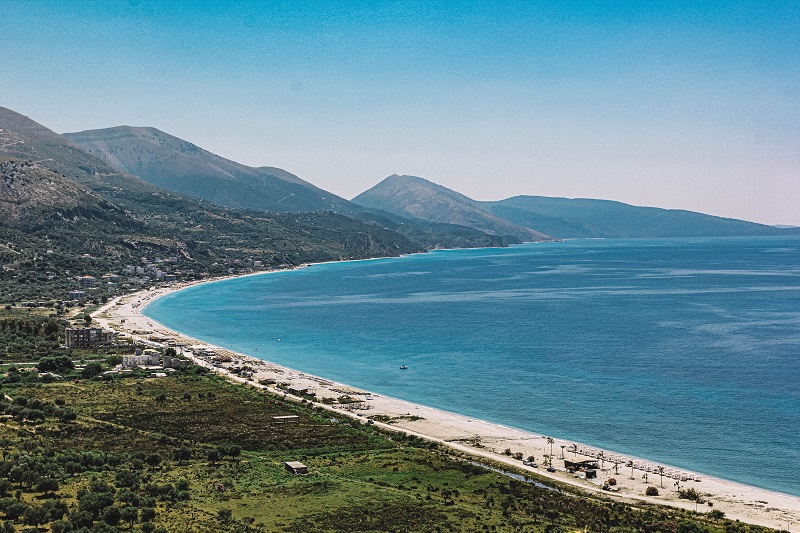
Albania has almost three million inhabitants. But it is believed that on the other side of its borders there are even more Albanians. In Serbia, Kosovo, Macedonia, Greece, as well as in many other European countries. Although it is important to know that there Albanian is considered not only a nationality, but also a race. That is why, for example, Mother Teresa, who was actually born in Skopje (North Macedonia), is considered Albanian, given that this would be the origin of her family. And the reason for the constant discussion between Macedonians and Albanians, who consider him their own figure.
4. Muslims, Catholics and Orthodox, but above all atheists
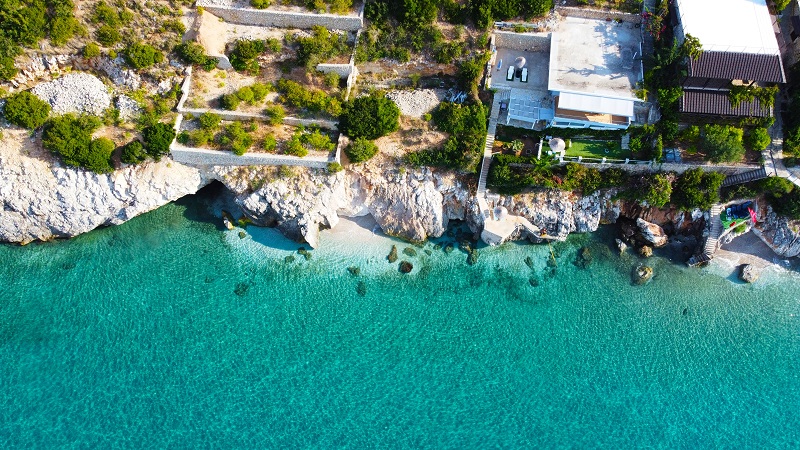
A melting pot of religions. This is Albania. Just over 60% consider themselves Muslims, and the rest are divided between Orthodox (the closer to Greece or Macedonia, the more) and Catholics. As are the atheists. Although the concept of an official religion does not exist and a significant part of the population does not profess any faith, this is not a country in which, no matter how much the bells ring or the muezzin's song is heard from the minarets, there are too many practitioners. Many decades of prohibitions and persecution of religions during the dark decades of the communist and dictatorial government of Enver Hoxha have taken their toll. In fact, in 1967, it was the first country in the world to declare itself atheist.
5. North Korea in Europe for over 40 years

From 1944 to 1985, Albania, or more precisely the then People's Socialist Republic of Albania, was ruled by Enver Hoxha. Or, what is the same, one of the greatest and most radical communist tyrants of the 20th century. From dark secret services (Sigurimi), torture, labor camps, destruction of religious and historical symbols and anyone who disagreed with his government. His radicalism is measured by the fact that everything that came after Stalin in the USSR seemed weak and subversive. He closed Albania because he considered tourists to be real messengers of evil and could infect his people. In the end, he did not trust the USSR itself, Yugoslavia and, eventually, even China, so isolationism was at its peak. Hoxha turned his country for four decades into something that today would remind us in many ways of the hermetic and dark dictatorship of North Korea. Communist paranoia, which still weighs heavily, so that Albania, decades after overcoming this period, remains one of the poorest countries in Europe. If not the poorest.
6. Land of Bunkers

One of the greatest obsessions in Enver Hoxha's life was the fear of invasion from many countries that he considered enemies. According to him, everyone wanted to wipe Albania off the face of the earth. From neighboring Yugoslavia, through Russia or the United States. Someone was suspected of planning an attack on the People's Socialist Republic of Albania. So he took drastic measures to protect himself in the event of an invasion. Very noticeable even today was the construction of hundreds of thousands of bunkers. There are about five bunkers per square kilometer. In the mountains, on the roads, on the coast and, of course, in the cities themselves. There are more than a hundred thousand concrete and iron bunkers throughout Albania.
7. Eve, blood feud

Many centuries ago, Albania wrote a series of laws called Kanun, which supposedly served to regulate the lives of the cities and inhabitants of the region, especially when they were incorporated into the Ottoman Empire. The rules were used in many areas, from the management of agricultural lands to simple family relations. And the condemnation of bloody crimes. Something still remains in some Albanian towns, which, in the face of a crime, take revenge with death not only on the culprit of the evil that happened, but also on their relatives and descendants. Unless they close forever.
8. Albania has its own fjords

You hear a lot from those who travel to the country about the "Albanian fjords". But if you look at the map, there is no fjord in sight. The closest is in the north of Montenegro, specifically in the city of Kotor. So... what is it about the Albanian fjords? It's all about Lake Koman (Lake Komani), created artificially by damming the Drin River from the distant karst mountains to the north and turning it into a vast shipping area. Indeed, this large artificial lake, which has flooded entire cities for tens of kilometers, makes this valley really look like the fjords of Norway, but in the middle of the Balkan Peninsula. And the journey between Koman and Fjerze is one of the best ferry crossings you can make in Europe today (also an accomplice to get to the Dinaric Alps area, also called the Albanian Alps) with the Valbona valley as the main character.
9. Albania also has pelicans - the largest in the world

Before preparing for my first trip to Albania, I knew that along the way I would have to add impressions of World Heritage sites, cities and bridges of Ottoman architecture, medieval castles, bazaars, Roman ruins, inaccessible mountains, bunkers converted into museums or beaches. Adriatic coast. What I could not imagine is that Albania also has pelicans. And even better, the largest pelicans in existence. And the fact is that in the lagoon of Karavasta, on an islet, lives an important colony of Dalmatian or Dalmatian pelicans, a species that is among the heaviest flying birds, weighing up to sixteen kilograms and with a wingspan of about three meters.
10. Albanian Alps
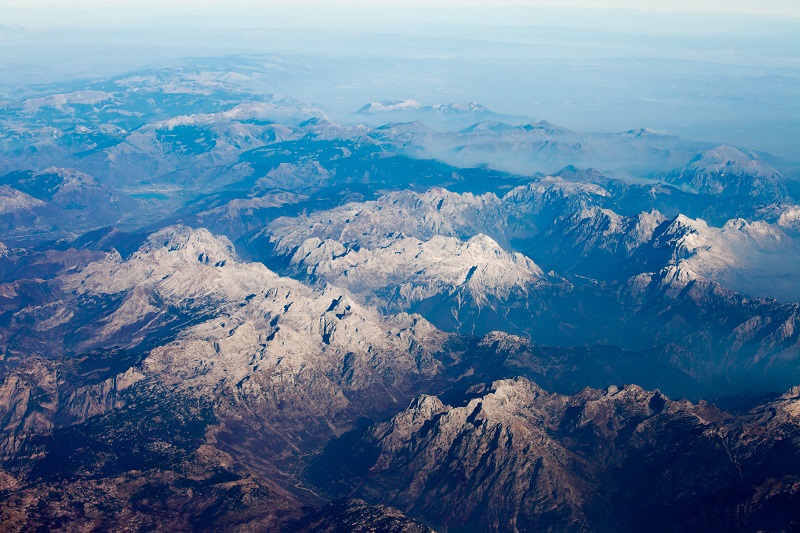
No one doubts that Albania is a country surrounded by the Adriatic Sea and mountains. But what is hard to imagine is that there are landscapes that make you believe you are in the middle of the Swiss Alps or even the Dolomites. It is all about the conspiracy of the so-called Dinaric or Albanian Alps, a long mountain range with huge stone colossi and bucolic landscapes where even brown bears and gray wolves live. Its heart is the Valbona Valley, which I mentioned a few paragraphs ago, because one of the ways to get there is by boat on Lake Koman, a collection of extraordinary postcards with magnificent and sparsely populated nature. The hike from Valbona to Theth is for many more than just a walk in the mountains. To take note.






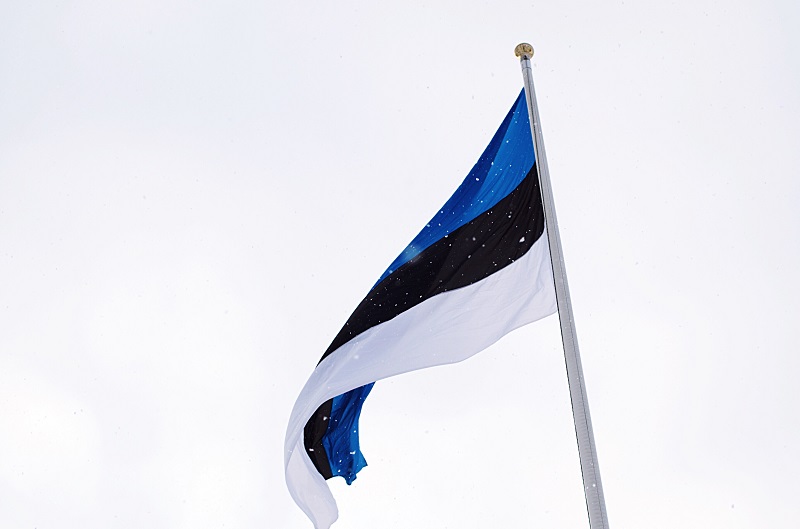






Оставить Комментарий